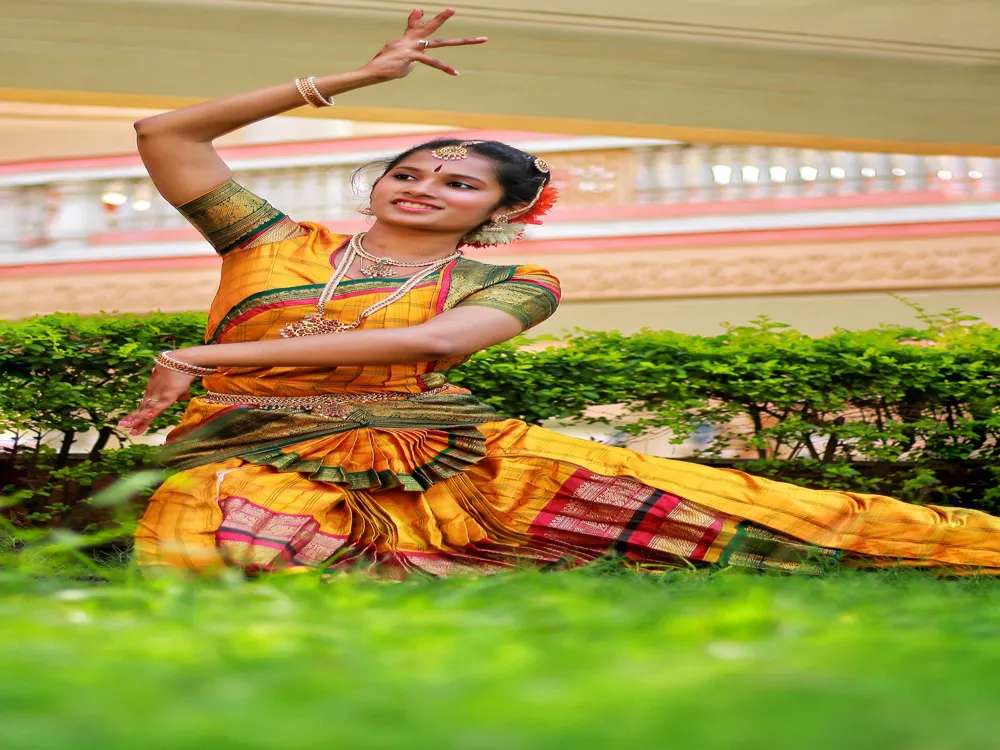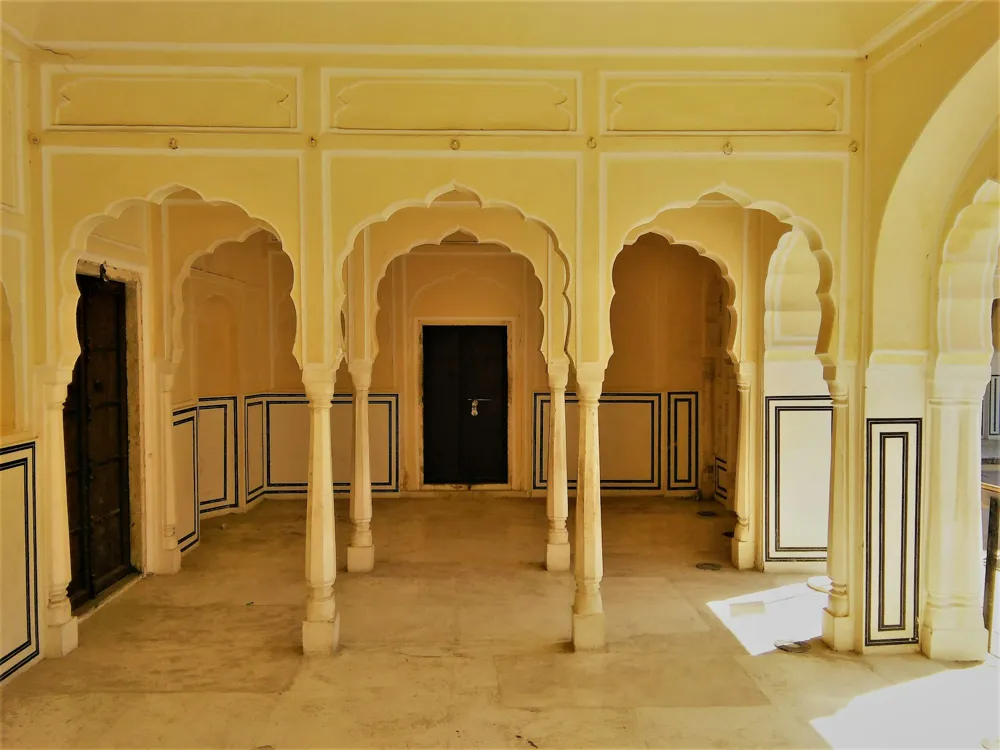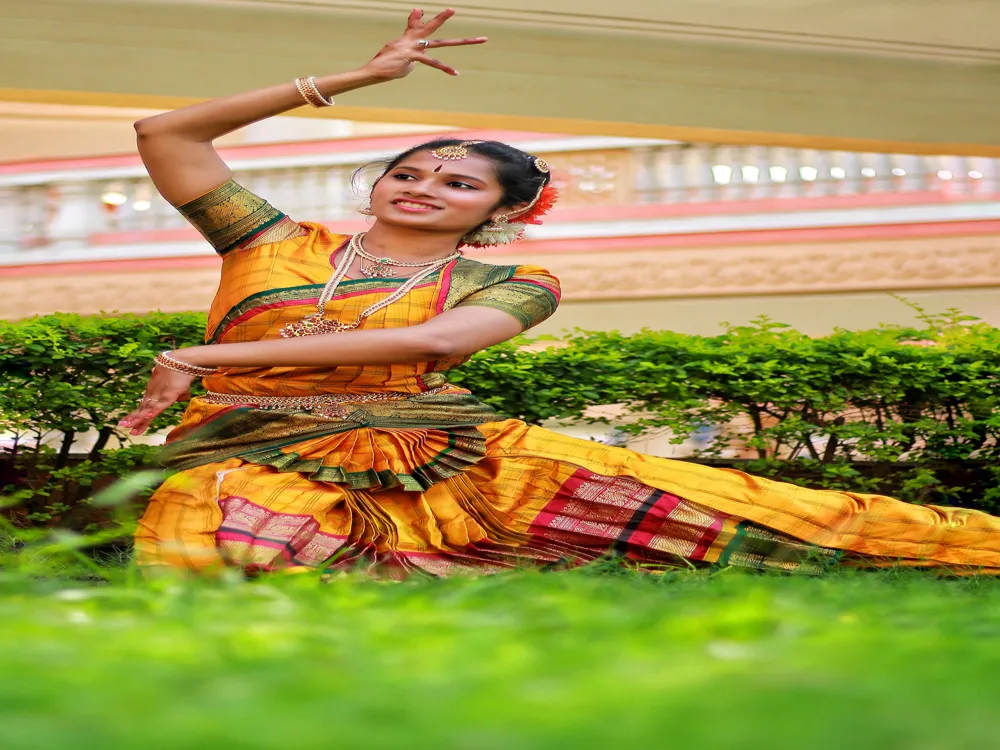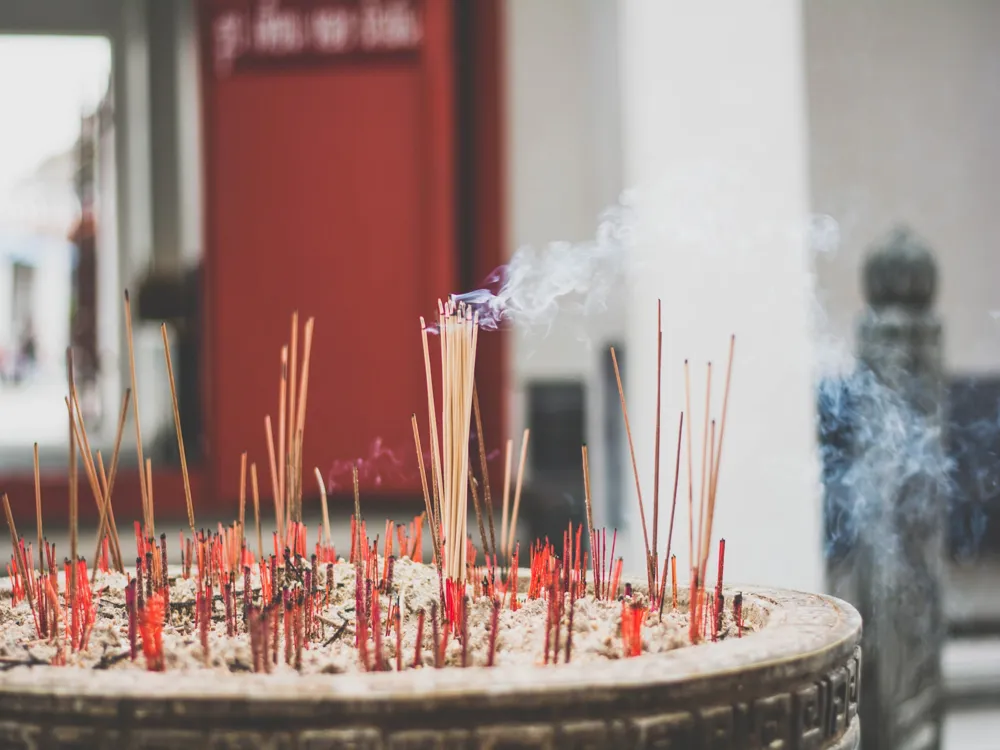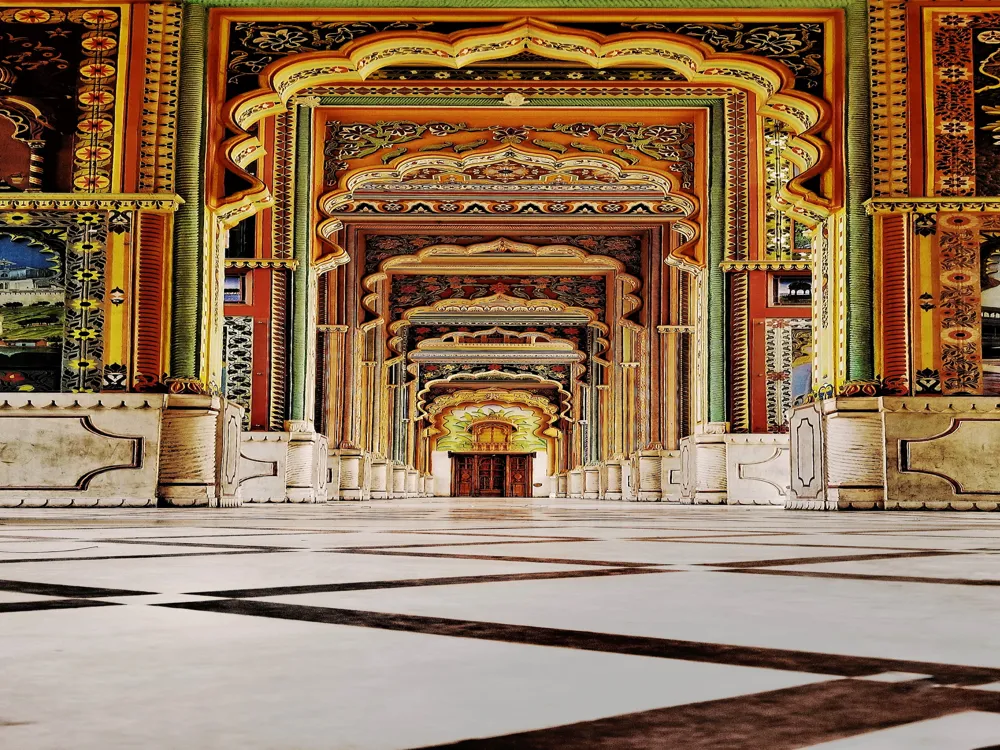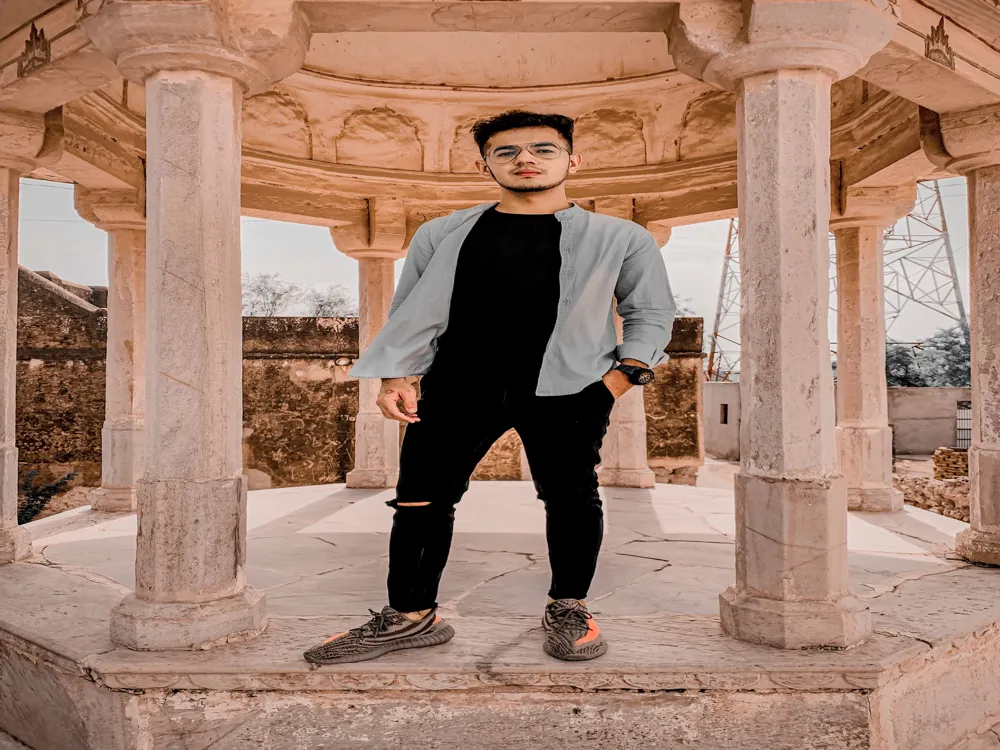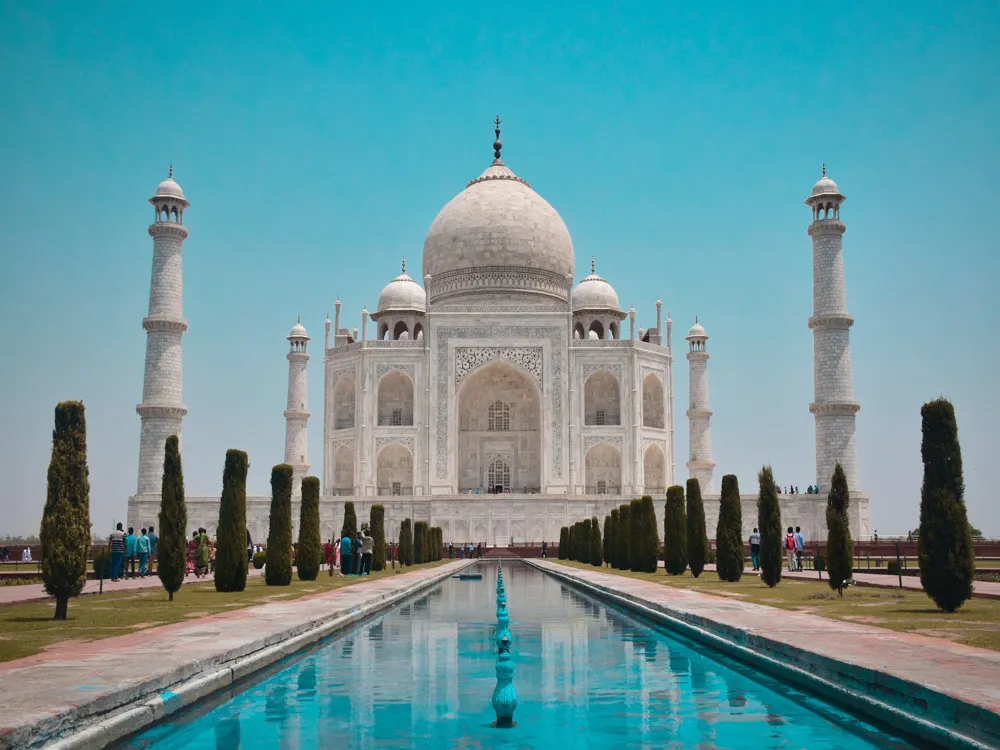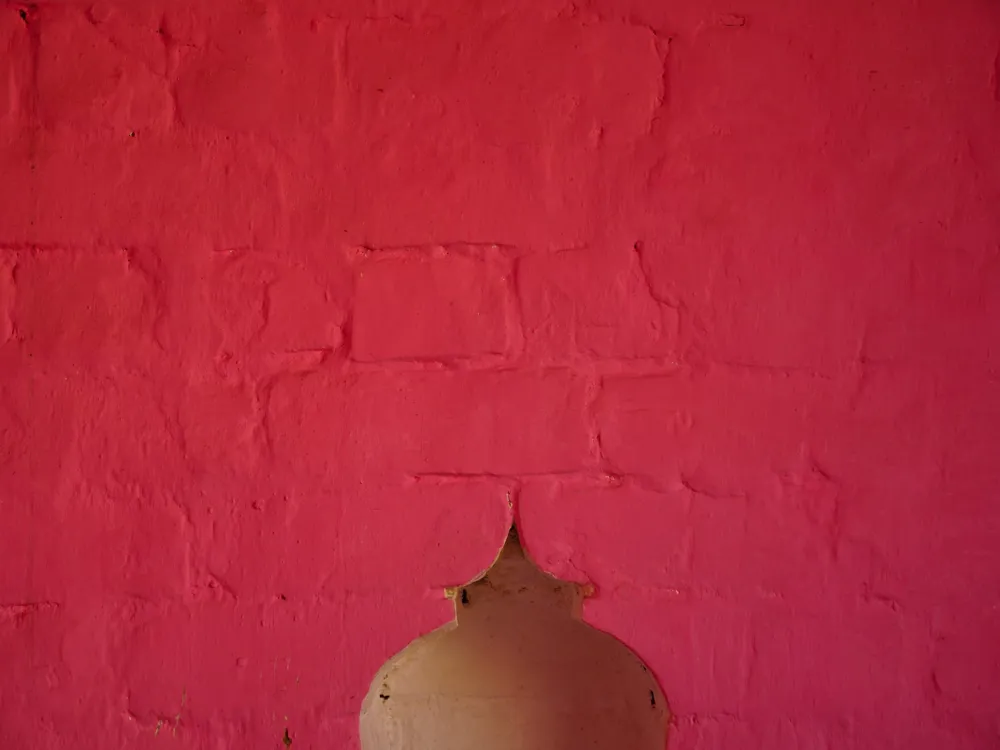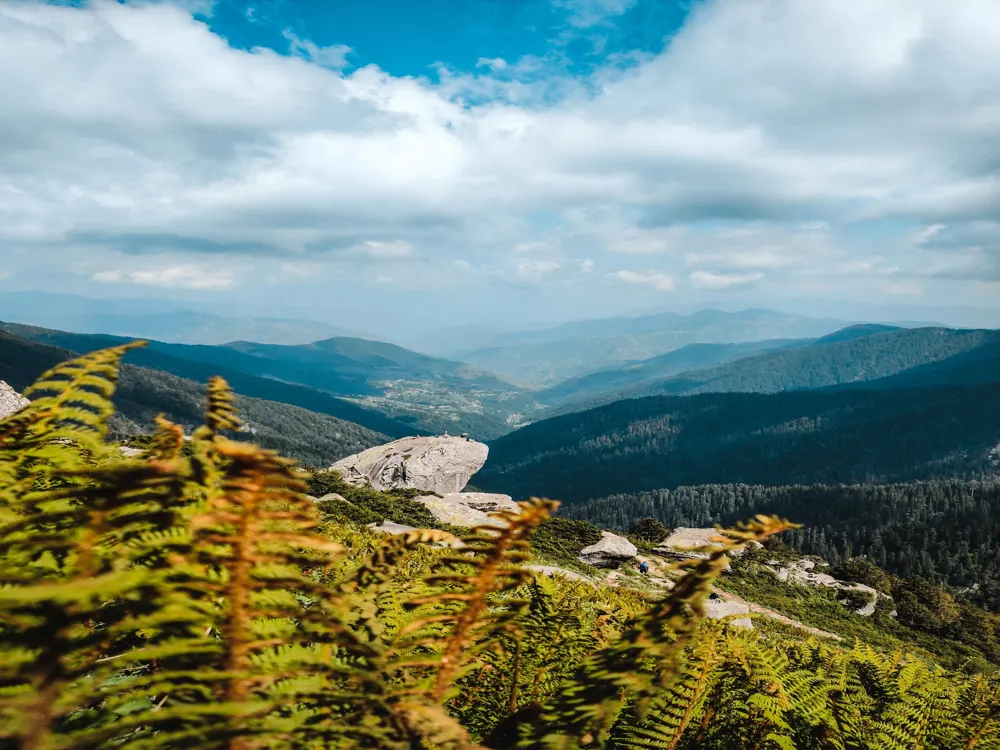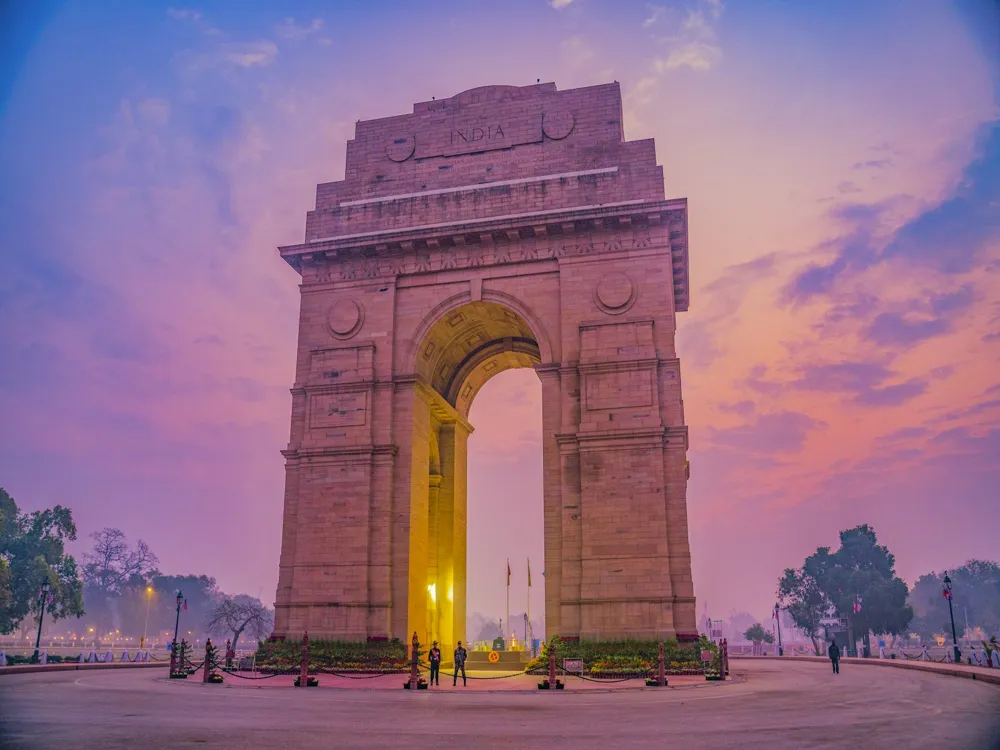Nestled in the heart of Jhunjhunu, Rajasthan, the Rani Sati Temple stands as a beacon of historical significance and cultural heritage. This temple is not just a religious site but a symbol of the devotion and bravery of Rani Sati. The legend of Rani Sati dates back to the 13th century and is intertwined with the ethos of self-sacrifice and strong will. She is revered as a symbol of the 'satitva', the purity and loyalty of a wife. This temple, dedicated to her memory, attracts thousands of pilgrims every year, making it a significant landmark in the cultural landscape of Rajasthan. The temple's architecture is a splendid example of ancient Indian artistry, blending mythological and historical elements. Its walls and ceilings are adorned with intricate paintings and carvings that depict various episodes from Hindu mythology, offering a glimpse into the artistic talents of the bygone era. The temple complex is vast, featuring several shrines and a large courtyard. The main sanctum, where the idol of Rani Sati is enshrined, is a focal point for devotees who come to seek blessings and pay their respects. The story of Rani Sati is one of unyielding fidelity and strength. As per the legend, she committed 'sati' – self-immolation on her husband's funeral pyre – as an act of devotion and love. This act elevated her to the status of a deity, and the temple was built in her honor. Over the centuries, the temple has become a symbol of female bravery and a pilgrimage site where devotees come to celebrate her life and legacy. Each year, the temple hosts a large fair in the month of Bhadrapad (August-September) which sees a convergence of devotees from all over the country. This event is not just a religious gathering but also a cultural festival showcasing the rich traditions of Rajasthan. The temple also plays a significant role in promoting social and community activities. It has become a center for charitable works and social services, providing aid to the needy and supporting various educational and healthcare initiatives. The Rani Sati Temple in Jhunjhunu, Rajasthan, is an architectural marvel, reflecting the rich cultural heritage of the region. Its design is a unique blend of Rajasthani and Mughal architectural styles, making it a significant monument in terms of historical and aesthetic value. The temple's façade is adorned with intricate carvings, and its walls are embellished with fine frescoes depicting scenes from Hindu mythology. These artworks are not just decorative elements but also serve as a narrative medium, telling the story of Rani Sati and other deities worshipped in the temple. The main dome of the temple is an exquisite example of craftsmanship, featuring detailed carvings and an impressive design. Surrounding the dome are several smaller domes and pavilions, each with its unique design and ornamentation. The use of vibrant colors and detailed motifs in these structures adds to the temple's visual appeal. Inside the temple, the sanctum sanctorum houses the idol of Rani Sati, which is made of marble and is adorned with colorful garments and jewelry. The sanctum is surrounded by a series of corridors and halls, each beautifully decorated with paintings and carvings. The temple complex also includes several ancillary structures like a dining hall, a hall for religious discourses, and accommodations for pilgrims. These facilities ensure that visitors to the temple can comfortably participate in the various rituals and ceremonies conducted there. The Rani Sati Temple is not just a place of worship but also a repository of art and culture. Its architecture is a testament to the skill and creativity of the artisans of the past, and it continues to be a source of inspiration and awe for visitors and scholars alike. Visitors are advised to dress modestly, respecting the sanctity of the temple. Traditional Indian attire is recommended. It's also important to maintain a quiet and respectful demeanor within the temple premises. The ideal time to visit the temple is during the cooler months of October to March. The temple is particularly vibrant during the annual fair in Bhadrapad (August-September). Photography may be restricted in certain areas of the temple. Always ask for permission before taking photos, especially inside the main prayer hall. Engage with local customs and participate in the rituals if you wish, but always follow the guidance of the temple authorities or priests. The temple complex offers basic facilities like restrooms and drinking water. There are also accommodations available for pilgrims, but it's advisable to book in advance during peak seasons. Rani Sati Temple in Jhunjhunu is well-connected by road and rail. The nearest railway station is Jhunjhunu station, from where the temple is just a short drive away. For those traveling by road, Jhunjhunu is well-connected to major cities like Jaipur, Delhi, and Bikaner. Regular bus services are available from these cities to Jhunjhunu. Additionally, visitors can hire taxis or take private vehicles to reach the temple. Read MoreOverview of Rani Sati Temple, Jhunjhunu, Rajasthan
Architecture of Rani Sati Temple
Tips When Visiting Rani Sati Temple
Dress Code and Conduct
Best Time to Visit
Photography Restrictions
Local Customs and Traditions
Facilities and Accommodations
How To Reach Rani Sati Temple
Rani Sati Temple
Jhunjhunu
Rajasthan
NaN onwards
View jhunjhunu Packages
Jhunjhunu Travel Packages
View All Packages For Jhunjhunu
Top Hotel Collections for Jhunjhunu

Private Pool

Luxury Hotels

5-Star Hotels

Pet Friendly
Top Hotels Near Jhunjhunu
Other Top Ranking Places In Jhunjhunu
View All Places To Visit In jhunjhunu
View jhunjhunu Packages
Jhunjhunu Travel Packages
View All Packages For Jhunjhunu
Top Hotel Collections for Jhunjhunu

Private Pool

Luxury Hotels

5-Star Hotels

Pet Friendly







